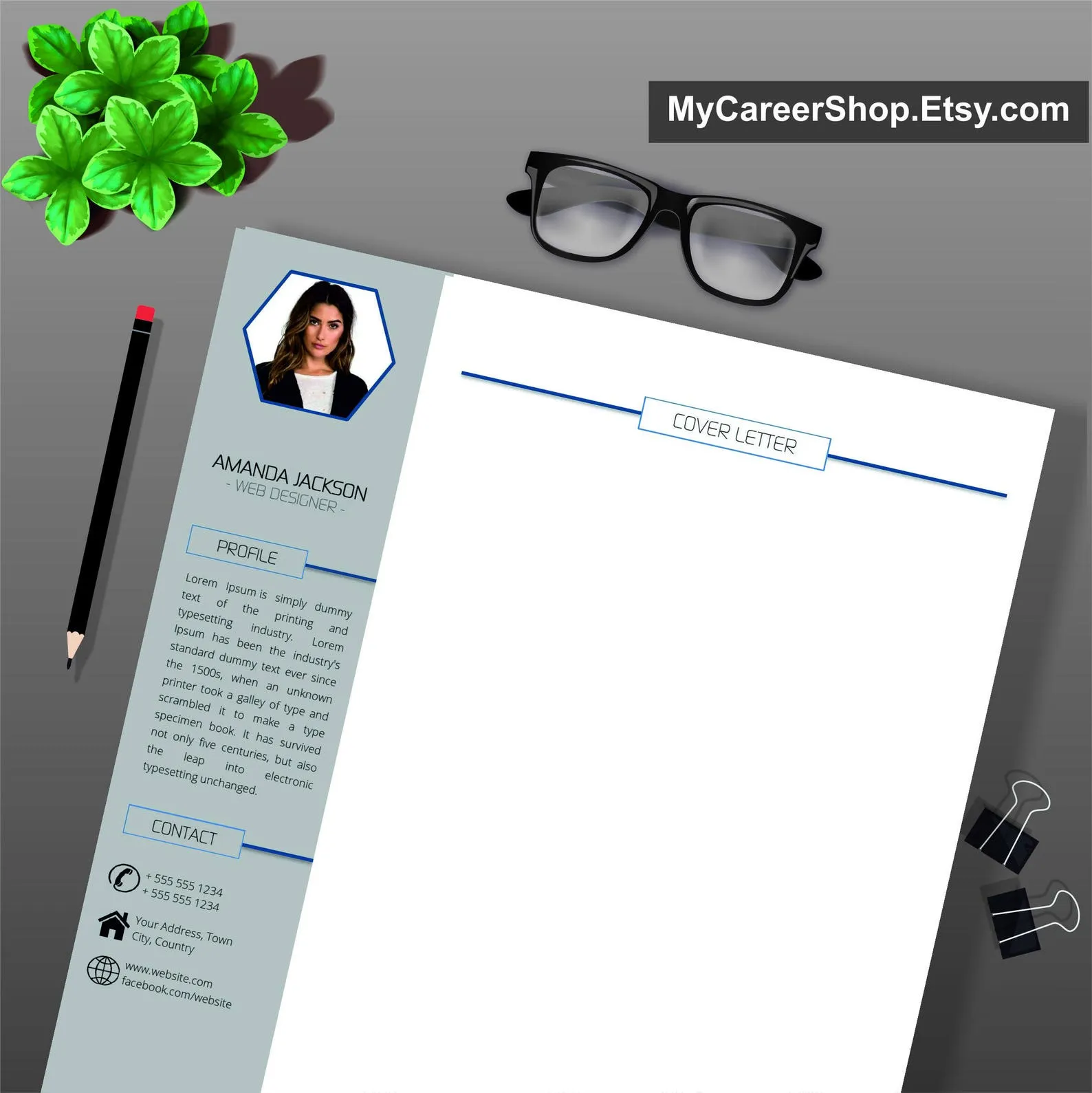Understanding the Modern Cover Letter
In today’s competitive job market, a well-crafted cover letter is more critical than ever. It serves as your first impression, offering a glimpse into your personality, skills, and enthusiasm beyond your resume. The modern cover letter is not merely a formality; it’s a strategic tool to showcase your unique value proposition and demonstrate your genuine interest in a specific role and company. It’s your chance to connect with the hiring manager on a personal level and make a compelling case for why you’re the ideal candidate. Understanding this shift in perspective is the first step toward crafting a winning cover letter that captures attention and gets you noticed.
Why a Cover Letter Still Matters
Despite the rise of online applications, a cover letter remains a vital component of your job application. It allows you to provide context to your resume, explaining any gaps in employment, career shifts, or unique experiences. A cover letter is the space to highlight your personality, passion, and genuine enthusiasm for the opportunity. It shows the hiring manager that you’ve taken the time to learn about the role and the company, demonstrating your commitment. A well-written cover letter sets you apart from other applicants. It’s your opportunity to make a memorable first impression and significantly increase your chances of getting an interview. Ignoring the cover letter diminishes your chances.
Key Elements of a Winning Cover Letter

Crafting a winning cover letter involves several key elements that work together to make a lasting impact. Each section plays a crucial role in conveying your qualifications and enthusiasm. From the initial greeting to the closing, every word should be carefully chosen to align with the job requirements and the company’s culture. A winning cover letter isn’t just about listing skills; it’s about storytelling, connecting your experiences to the needs of the employer, and making a compelling case for why you are the right fit. Understanding and implementing these elements will dramatically improve your chances of success.
Header and Contact Information
Start your cover letter with a professional header that includes your name, contact information (phone number and email address), and optionally, your LinkedIn profile URL. This information ensures the hiring manager can easily reach you. Place the date of the letter below your contact information, followed by the hiring manager’s name (if known) and the company’s address. Proper formatting of the header is essential for a polished presentation. This shows attention to detail and professionalism, qualities that employers seek.
Personalized Greeting and Salutation
Addressing the hiring manager by name is one of the most important aspects. Research to find the hiring manager’s name. A personalized greeting, such as “Dear Mr./Ms. [Last Name],” demonstrates that you’ve taken the time to research the company and the role. If you cannot find a specific name, use a professional alternative such as “Dear Hiring Manager” or “Dear [Department Name] Team.” Avoid generic greetings like “To Whom It May Concern,” as they make your letter feel impersonal. Always end your cover letter with a professional closing, such as “Sincerely” or “Best regards,” followed by your full name.
The Opening Paragraph Grab Their Attention
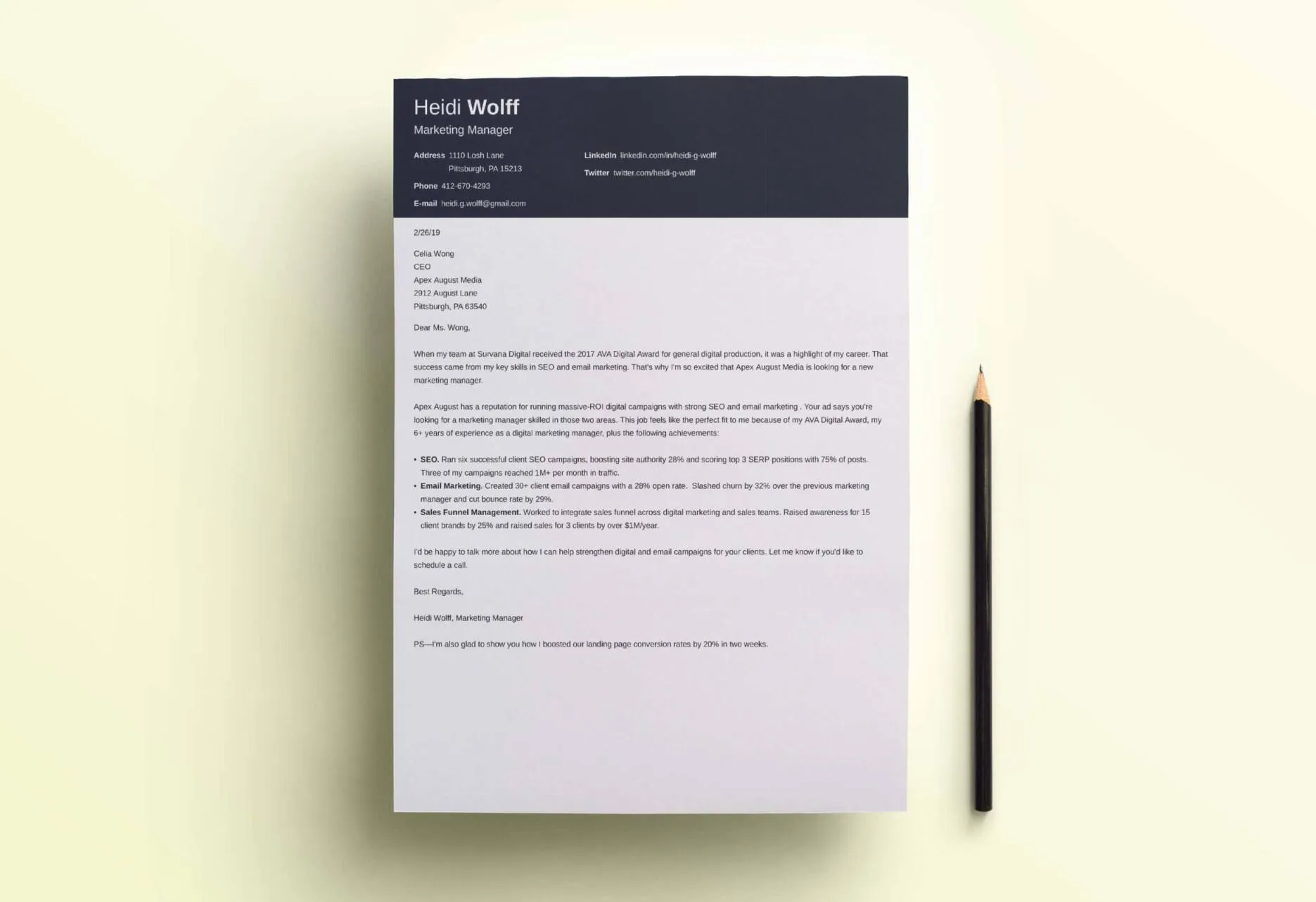
The opening paragraph is your first chance to grab the hiring manager’s attention. Start with a strong statement that captures your enthusiasm for the position and the company. Briefly mention where you found the job posting and state your key qualifications that align with the role’s requirements. Your opening paragraph should immediately highlight your value proposition and make the reader want to learn more. Avoid generic opening lines. Make sure it is tailored to the specific job and company to show your genuine interest and make a memorable first impression.
Highlighting Your Value Proposition
In the body of your cover letter, highlight your value proposition – what you uniquely bring to the table. Focus on how your skills, experience, and accomplishments align with the job’s requirements. Describe specific instances where you demonstrated those skills. Emphasize what makes you stand out from other candidates. Clearly articulate how your contributions can benefit the company, solve their problems, or achieve their goals. Use action verbs and quantify your achievements whenever possible to make your impact tangible. Showcase your ability to perform and add value.
Showcase Relevant Skills and Experience
Carefully review the job description and identify the key skills and experiences the employer seeks. In your cover letter, provide specific examples of how you have successfully applied those skills in previous roles. Provide quantifiable achievements whenever possible. Use the STAR method (Situation, Task, Action, Result) to structure your examples, providing context, describing your role, detailing your actions, and highlighting the positive outcomes. This approach helps illustrate your abilities and shows the hiring manager how you can contribute to their team. Your experience must align with the role to be successful.
Quantify Your Accomplishments
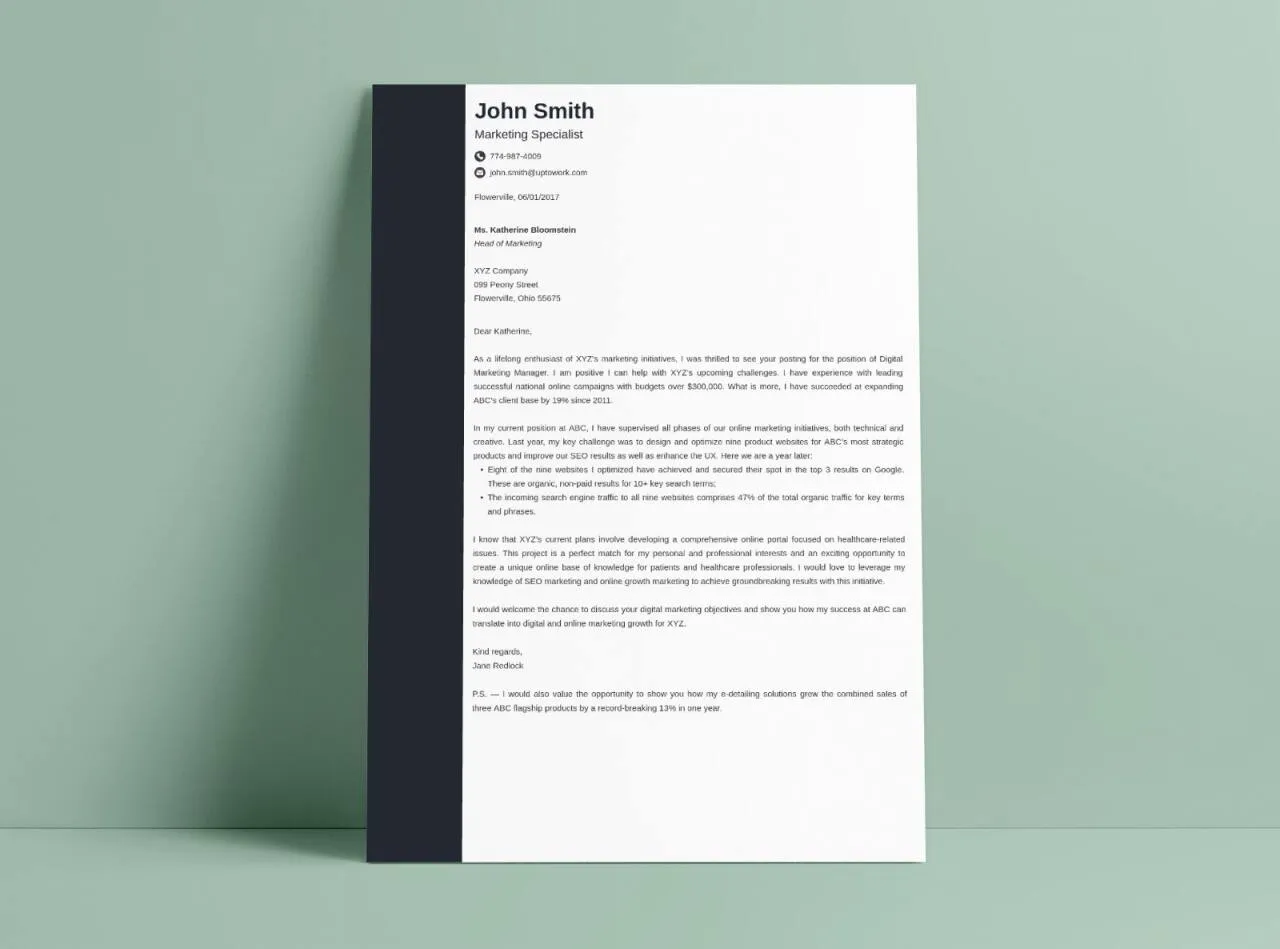
Whenever possible, quantify your accomplishments to demonstrate the impact of your work. Instead of saying “Improved sales,” state “Increased sales by 15% in one quarter.” Use numbers, percentages, and specific metrics to provide concrete evidence of your achievements. This helps the hiring manager quickly understand your value and the results you can deliver. Quantifiable achievements make your cover letter more persuasive and demonstrate your ability to make a difference. Being specific will significantly strengthen your application.
Tailoring Your Cover Letter to the Job
One of the most common mistakes job seekers make is using a generic cover letter for every application. Customize your cover letter for each job you apply for. This means carefully reviewing the job description and tailoring your letter to address the specific requirements and keywords. Highlight the skills and experiences that align with the role and company culture. Show the hiring manager that you’ve taken the time to understand their needs and that you are a perfect fit. Avoid sending the same cover letter for different applications.
Researching the Company and Role
Before writing your cover letter, research the company thoroughly. Visit their website, read about their mission and values, and understand their products or services. Research the specific role you are applying for. Tailor your cover letter to reflect your knowledge of the company and show how your skills and experiences align with their goals. Mention something specific you admire about the company or how you can contribute to its success. Doing your research demonstrates your interest and increases your chances of getting noticed. It demonstrates genuine interest.
Addressing Specific Requirements
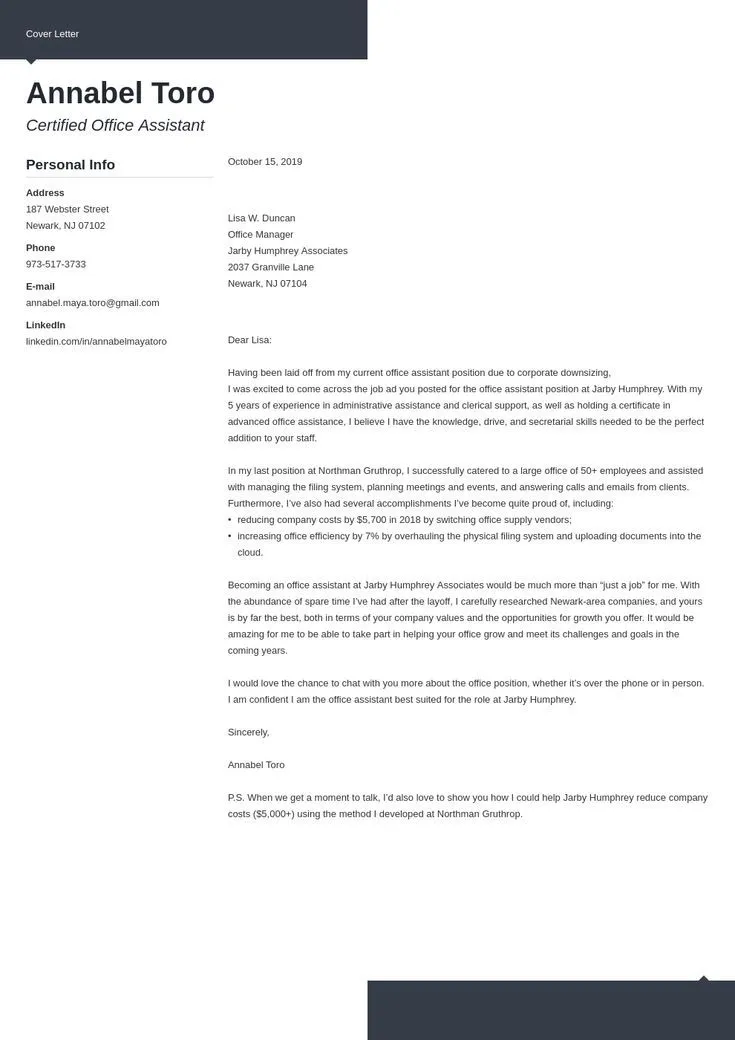
Carefully review the job description and address all the required skills, qualifications, and experiences. Use the same keywords and terminology used in the job posting to ensure your application is easily scannable by applicant tracking systems (ATS). Clearly state how your background aligns with each requirement, providing specific examples to support your claims. If the job posting asks for specific examples, be sure to include them. Ignoring requirements is a sure way to have your application rejected. Be sure you address all aspects of the application.
Formatting and Design Best Practices
The formatting of your cover letter is crucial for creating a professional appearance and ensuring readability. Use a clear and concise font such as Arial, Calibri, or Times New Roman, with a font size between 10 and 12 points. Keep your layout clean, with ample white space between paragraphs and sections. Use bullet points for lists of skills or accomplishments to make them easily scannable. Ensure your cover letter is visually appealing and easy to read. A well-formatted letter shows attention to detail and a commitment to quality.
Choosing the Right Font and Layout
Select a professional font that is easy to read, such as Times New Roman, Arial, or Calibri. Avoid overly decorative or unusual fonts, as they can distract the reader. Use a standard layout with 1-inch margins and single or 1.15 line spacing. Keep paragraphs concise and use headings and subheadings to break up the text and improve readability. A well-chosen font and layout will enhance your cover letter’s appearance and make it easier for the hiring manager to focus on your content.
Ensuring Readability and Professionalism
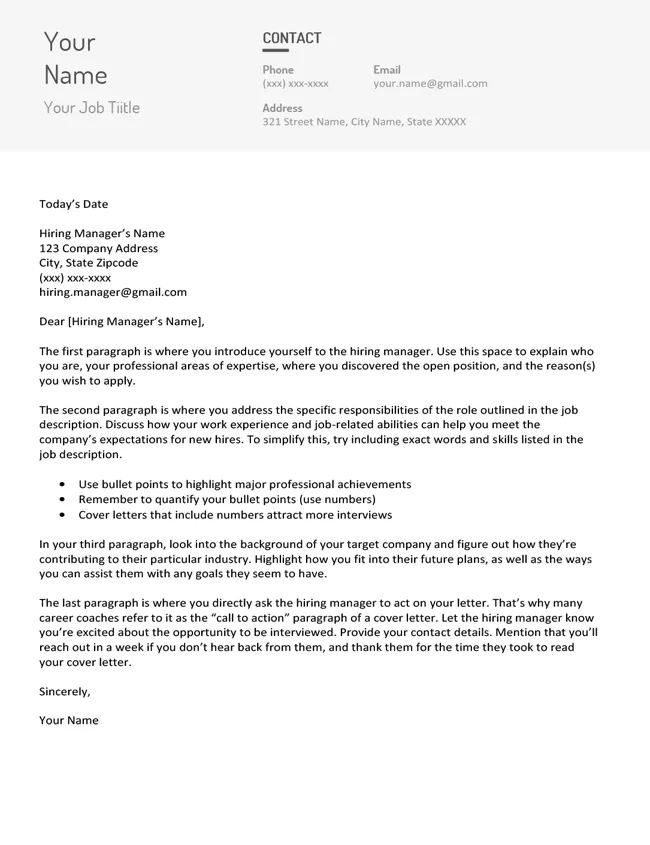
Ensure your cover letter is easy to read and professional in tone. Use clear and concise language, avoiding jargon or overly complex sentences. Maintain a professional tone throughout the letter, using formal language and avoiding slang or casual expressions. Break up long paragraphs into smaller, more manageable sections. Ensure your letter is well-organized and easy to navigate, making it simple for the hiring manager to find the information they need. A professional tone helps convey your level of expertise and sincerity.
Proofreading and Editing Your Cover Letter
Proofreading and editing your cover letter is critical to eliminate any errors. Check for typos, grammatical errors, and inconsistencies. Read your cover letter aloud to identify awkward phrasing or unclear sentences. Ask a friend or family member to review your letter for a second opinion. A polished, error-free cover letter demonstrates your attention to detail and professionalism. Errors can make a negative impression and undermine your qualifications. Proofread carefully, multiple times, and don’t hesitate to ask others to help.
Common Cover Letter Mistakes to Avoid
Avoiding common cover letter mistakes can significantly improve your chances of success. There are several pitfalls to avoid. Ensure your cover letter is customized to the job and company to show your interest. Review the job description carefully and tailor your cover letter to address specific requirements. Focus on highlighting how your skills and experience align with the role and company’s needs. The common mistakes can significantly diminish your chances. Focusing on the things to avoid is just as important as the things to include.
Generic and Vague Language
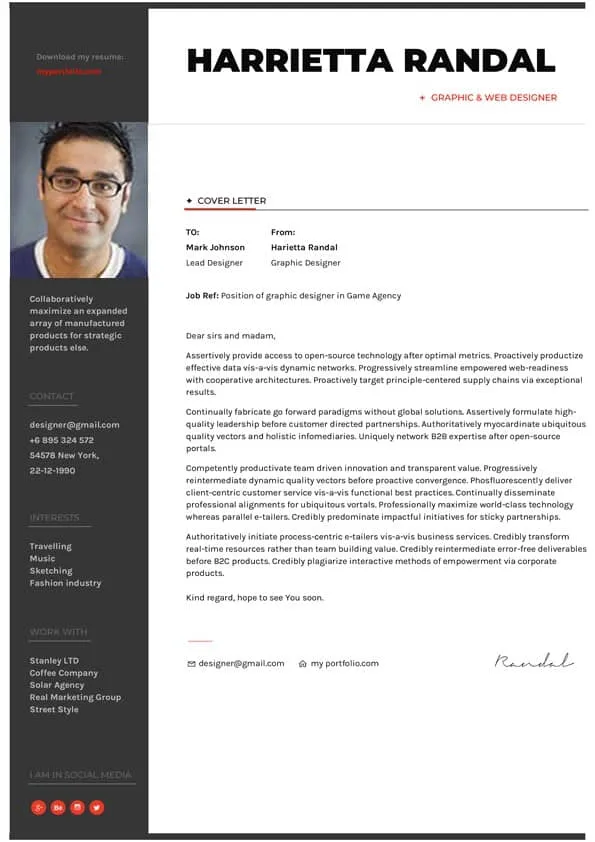
Avoid using generic and vague language that could apply to any job. Instead, use specific examples and quantifiable achievements to showcase your skills and experience. Avoid phrases like “I am a team player” or “I am hard-working” without providing supporting evidence. Use action verbs and quantifiable results to demonstrate your impact. Generic language fails to make a unique impression. Be specific when describing your qualifications.
Typos and Grammatical Errors
Typos and grammatical errors can damage your credibility and create a negative impression. Carefully proofread your cover letter to catch any mistakes. Use a grammar checker and spell checker, but don’t rely on them entirely. Read your letter aloud to catch any awkward phrasing or unclear sentences. Ask a friend or family member to review your letter for a fresh perspective. An error-free cover letter demonstrates attention to detail and professionalism, and it shows the reader you care.
Closing Your Cover Letter Effectively
The closing paragraph should leave a lasting impression. Reiterate your interest in the position and the company. Express enthusiasm for the opportunity to discuss your qualifications further. Clearly state how you can be reached for an interview. Use a professional closing such as “Sincerely” or “Best regards” followed by your full name. A strong closing reinforces your interest and encourages the hiring manager to take action. Expressing enthusiasm is key.
Expressing Enthusiasm and Next Steps
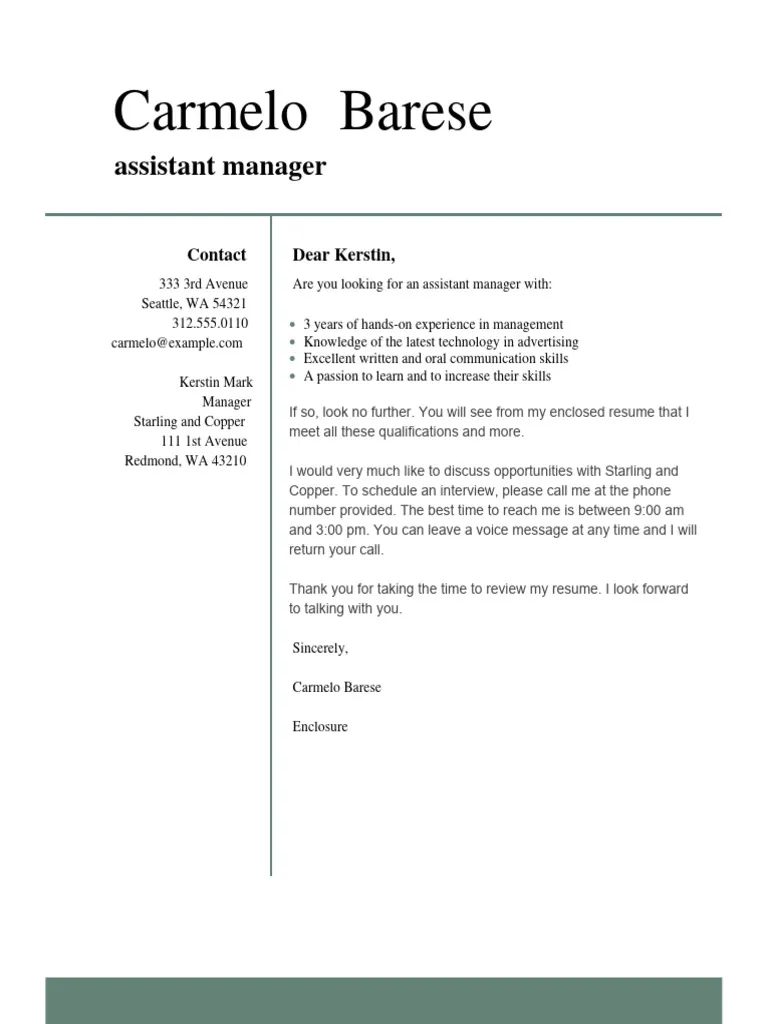
End your cover letter by expressing your enthusiasm for the opportunity. Reiterate your interest in the role and your desire to contribute to the company’s success. Clearly state your availability for an interview and how the hiring manager can contact you. Thank the hiring manager for their time and consideration. A positive and proactive closing will increase your chances of getting an interview. The final impression is important.
Providing Contact Information
Make it easy for the hiring manager to contact you by providing your phone number and email address. Ensure your contact information is accurate and up-to-date. If you have a professional online presence, such as a LinkedIn profile, include the URL in your header. Including your contact information is essential. Make sure you can be reached and readily available.
Additional Tips for Cover Letter Success
Beyond the core elements, several additional tips can help you create a winning cover letter. Keep your cover letter concise, aiming for one page. Use a professional tone throughout the letter, avoiding slang or overly casual language. Tailor your cover letter to each job application. Research the company and tailor your letter to address specific requirements and demonstrate your interest. Ask a friend or career advisor to review your cover letter for feedback. Staying focused and applying these additional strategies will increase your chances of success. Continuous improvement helps.
